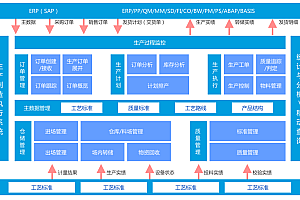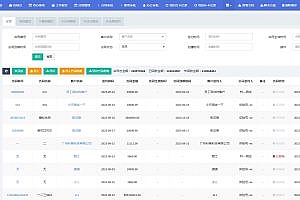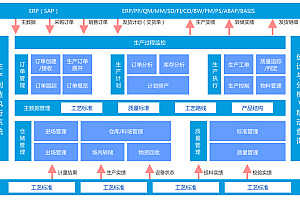In this issue, we recommend a tool to solve the problem of making complex statistical reports on a daily basis – CellReport.

CellReport is a tool for creating and running complex statistical reports with the core goal. You can use databases, Excel files, API services, existing reports, etc. as data sources, organize data through built-in collection functions, and design the final presentation results in an Excel-like interface.
CellReport was born to solve the need to quickly produce statistical reports on a daily basis. On the premise of summarizing various report software on the market, combined with the idea of set operation, the report maker abandons the way of using stored procedures to process data, focuses on the processing of each type of index, and then organizes the data through the set function in the report design interface, which greatly facilitates the production and maintenance of the report.
characteristic
All general checklists, groupings, and crossovers are supported.
Multi-source and sharding
Ensemble operations for multiple datasets
Cell expansion, referencing
Built-in JS-like language engine
Rich function definitions
Customizable extension functions
The page is rich in elements. There are predefined report components, echart components, and data presentation components
Flexible data reference between report elements, and convenient setting of local report refresh
Get started quickly
Dependent environment
Download and install NETCORE6 SDK or RUNTIME. Download .NET
https://dotnet.microsoft.com/en-us/download
Download and install Redis (optional)
https://github.com/MicrosoftArchive/redis/releases
GitHub to download the release
https://github.com/NoneDay/CellReport/releases/download/1.0.1/cellreport.zip
Run and configure
Start dotnet reportWebreportWeb.dll –urls http://*:5000 –ContentRoot under windows . –WebRoot .. wwwroot
start.bat
or linux to boot this way
dotnet reportWeb/reportWeb.dll –urls http://*:5000 –ContentRoot . –WebRoot .. /wwwroot
Specify the boot port to 5000 and the static file storage path
If you do not specify the urls parameter, it will run on port 5000, and if you do not specify webroot, the default is wwwroot in the current directory
Enter the address of the browser: http://127.0.0.1:5000
The default username and password is admin/database!123. The admin user has it in the appsetting.json (which can be found at the end) and can modify it by himself
Report group management
Click on the report directory, select example, you can see all the test reports, you can learn the basic how to use it.
By default, there is already a default group and an example group. Log in for the first time, select Report Group Management to do the basic configuration of report storage path and database link. Different groups can be set up for different applications. The report group can be added to assist managers, and multiple users are separated by commas
Currently, the pre-installed database drivers are: sqlServer, sqlite, Mysql, Pgsql, and odbc. You need to download and install other drivers by yourself.

After the configuration is completed, press F5 to refresh the page, click on the report directory, and if it is normal, you should be able to see all the test reports.

- More dataset types More dataset types | CellReport
Built-in language Built-in language | CellReport
Built-in Functions Built-in Functions | CellReportThis project uses the MIT open source license, and you can read more about it by yourself










